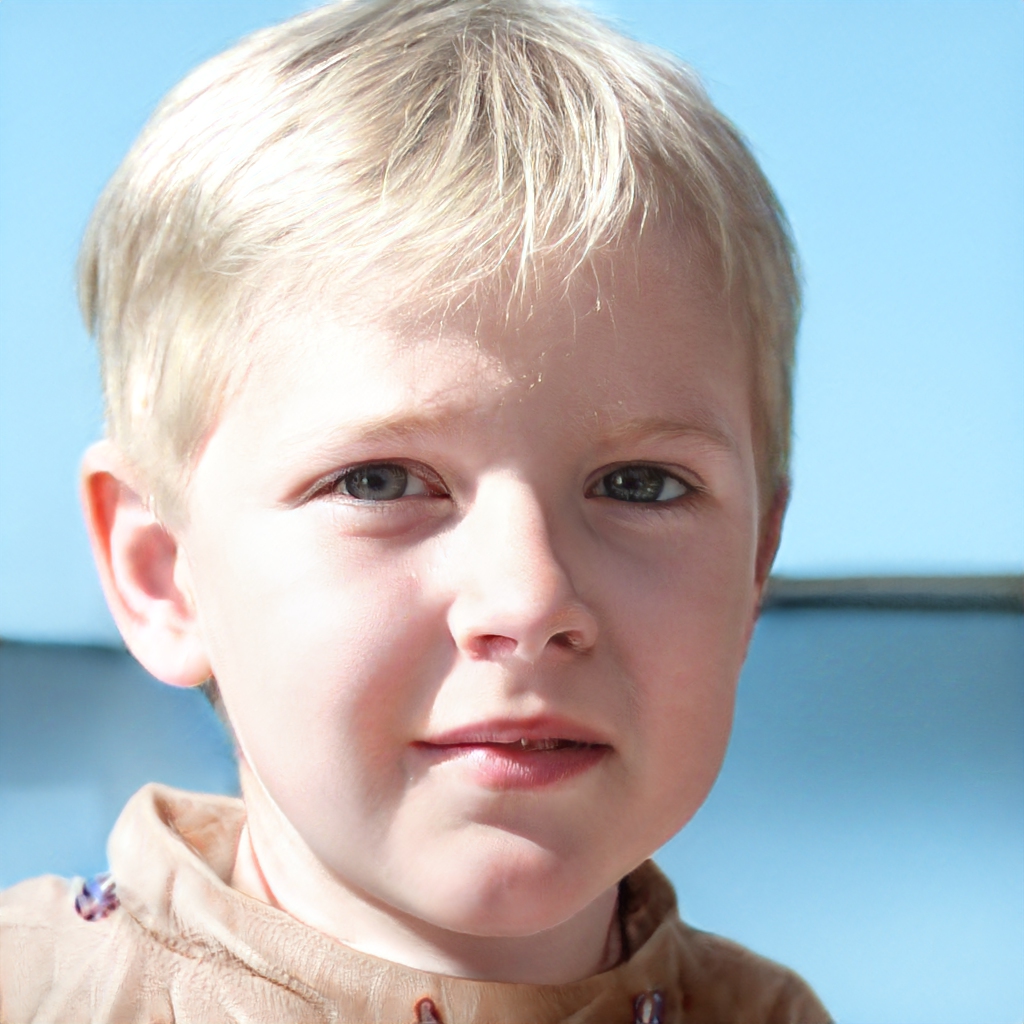"Softlifting" is the term used to describe the illegal reproduction and distribution of software. This can happen when someone makes a copy of a software program and gives it to someone else, without the permission of the copyright holder. It can also happen when someone downloads a copy of a program from the internet and uses it without paying for it.
The term "softlifting" is often used to describe the unauthorized copying and distribution of software programs, but it can also refer to the unauthorized use of software. For example, if someone uses a program without a valid license, or if they use a cracked or pirated version of a program, they are softlifting.
Softlifting is a serious problem for the software industry, because it leads to lost sales and revenue. It is also a problem for consumers, because it can lead to them using lower quality or pirated software.
There are a few ways to prevent softlifting. One is to use digital rights management (DRM) to protect your software. DRM is a technology that can control how users can copy and use digital content. Another way to prevent softlifting is to use license management tools to track and manage software licenses. These tools can help you to make sure that only authorized users have access to your software.
What is software piracy and its types?
Software piracy is the unauthorized copying, distribution, or use of copyrighted software. It is a form of copyright infringement and is punishable by law in many countries.
There are three main types of software piracy:
1. Hard-disk loading: This is when software is copied onto a hard disk or server without the permission of the copyright owner. Hard-disk loading is often done by computer dealers or system integrators when they sell new computers.
2. Counterfeiting: This is when someone creates unauthorized copies of software and sells them as if they were the genuine article. Counterfeiting is a serious problem for software companies, as it can undercut their sales and damage their reputation.
3. Internet piracy: This is when people make unauthorized copies of software and distribute them over the internet. Internet piracy is a growing problem, as it is relatively easy to do and difficult to track. What is the most common type of software theft? The most common type of software theft is unauthorized copying or distribution of copyrighted software. This can happen in a number of ways, including downloading illegal copies of software from the internet, copying software from friends or colleagues, or making copies of software that you have purchased.
What is the difference between soft lifting and hard disk loading?
The main difference between soft lifting and hard disk loading is that soft lifting allows for the use of unlicensed software while hard disk loading does not. With soft lifting, users are able to install and use software without having to purchase a license for it. This can be advantageous for companies or individuals who want to try out a piece of software before committing to purchasing it. However, it also carries the risk of being caught and penalized for using unlicensed software. Hard disk loading, on the other hand, requires that all software be licensed before it can be installed and used. This ensures that companies and individuals are using only licensed software, but it can be more expensive and time-consuming to purchase and install all the necessary licenses upfront.
What is the largest source of software piracy? The largest source of software piracy is the unauthorized copying and distribution of copyrighted software. This can happen in a number of ways, including downloading pirated software from the Internet, sharing software with others, or making copies of software without the permission of the copyright holder. Software piracy is a serious problem for the software industry, and it can lead to lost revenue, decreased productivity, and increased support costs.
